“Why should people follow me?”
My earlier article Stoicism as a Leadership Manual explored how ancient wisdom provides timeless guidance to our most pressing contemporary leadership challenges. However, Marcus Aurelius’ Stoic Philosophy is only one of many compelling lessons from Classical times (approximately 500 BCE – 400CE) with deep relevance to today’s leaders.
Aristotle’s Rhetoric (322BCE) is considered to be the seminal work on persuasion in Western Literature. However Rhetoric wasn’t just about winning debates — it was about shaping influence, building credibility, and moving people toward action. Aristotle identified his four pillars of rhetoric: Logos, Ethos, Pathos and Telos, however these aren’t just tools of persuasion; they represent a lens through which all leaders can examine the foundations upon which they lead.
Authentic leaders ask themselves a simple question “Why should people follow me?”. If the answer is “Because I am the COO” or something similar, stop what you’re doing and read on.
The Four Pillars of Influential Leadership
1. Logos – The Logic of Your Leadership
“Persuasion is effected through the speech itself when we have proved a truth or an apparent truth by means of the persuasive arguments suitable to the case in question.”
Leadership Relevance Logos is the clarity, coherence, and credibility of your reasoning, it’s knowing your stuff. In leadership, it’s not just about being right — it’s about being understood. Logos builds confidence in your decisions, strategies, and vision.
Application Prompts
Do my arguments rely on clear evidence, or do I lean too heavily on authority or instinct?
Can my team trace the logic behind my decisions, or do they experience them as opaque?
Where am I overcomplicating communication instead of simplifying insight?
2. Ethos – The Character You Embody
“We believe good people more fully and more readily than others.”
Leadership Relevance Ethos is your credibility — not just technical expertise, but moral authority. It’s how people read your integrity, consistency, and goodwill. Ethos is earned through behaviour, not branding.
Application Prompts
Do I show up consistently across contexts, or do I shift tone based on audience?
What behaviours reinforce or erode my credibility in moments of tension?
How do I demonstrate that I’m not just competent, but trustworthy?
3. Pathos – The Emotional Resonance You Create
“Our judgments when we are pleased and friendly are not the same as when we are pained and hostile.”
Leadership Relevance Pathos is emotional intelligence in action. It’s your ability to connect, empathise, and move people. Leaders who ignore emotion lose influence; those who wield it ethically build loyalty and momentum.
Application Prompts
Do I understand the emotional landscape of my team, or do I operate from assumption?
How do I use storytelling, tone, and timing to create resonance?
Where am I emotionally unavailable or overly reactive — and how does that affect trust?
4. Telos – The Purpose That Anchors You
“The final cause, then, is that for the sake of which a thing is done. This is the end, towards which it is directed”
Often overlooked, Telos refers to the ultimate aim or purpose — the “why” behind the message.
Leadership Relevance Telos is the moral and strategic compass of your leadership. It’s not just what you say or how you say it — it’s why it matters. Leaders with clear Telos inspire alignment; those without it breed confusion.
Application Prompts
Is my leadership anchored in a clear purpose, or am I drifting between priorities?
Can my team articulate the deeper “why” behind our work — and do I reinforce it?
Where have I compromised purpose for expedience, and what did it cost?
Rhetoric as Leadership Operating System
Aristotle’s framework isn’t just about influence — it’s about presence. Logos gives you clarity. Ethos earns you trust. Pathos builds connection. Telos gives you direction. Together, they form a system for leading with integrity, influence, and impact and ultimately provide an answer to the question “What should people follow me?”.
